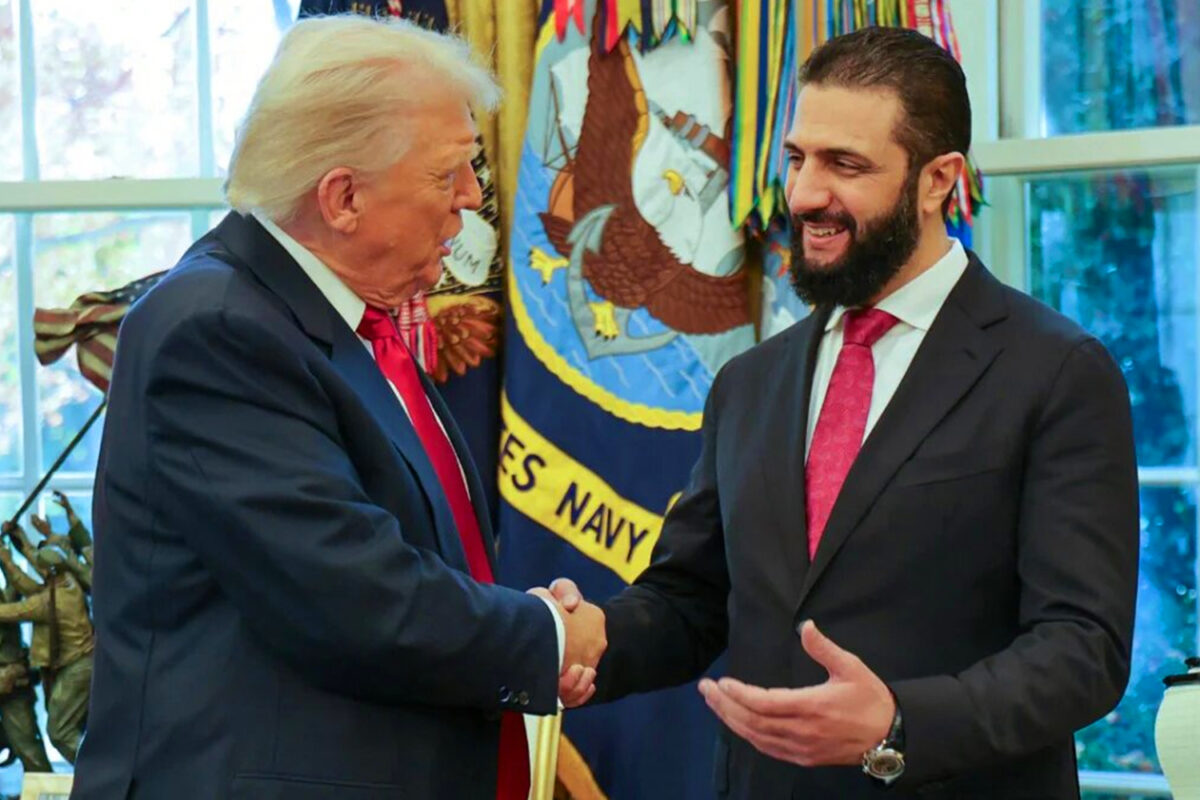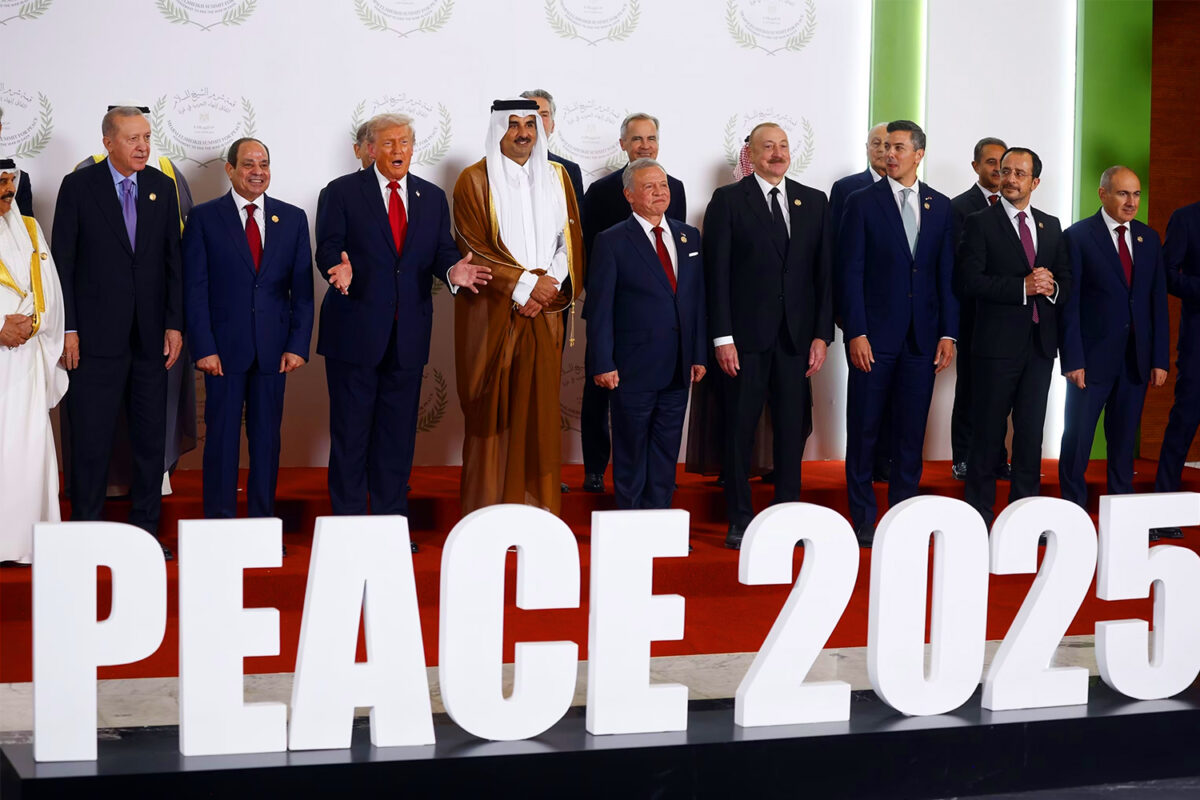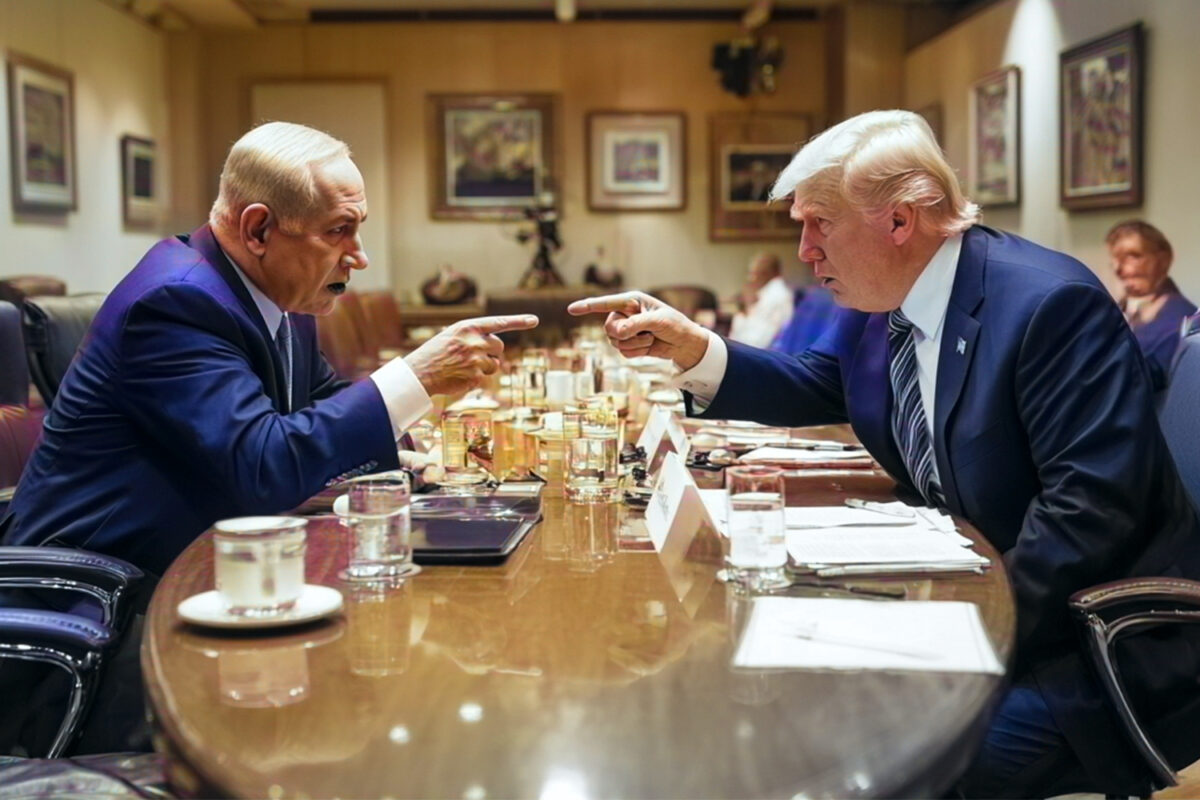By Adnan Khan
After almost 4 years of a brutal crackdown by Bashar al-Assad, in response to the uprising by the people of Syria. The US at 4:30 am on Tuesday September 23 commenced airstrikes into Syrian territory. Whilst the worlds media has focused on the tactical details of the make-up of the coalition against ISIS and what military hardware was utilized in the airstrikes such as America’s F-22s, the fundamental issue at the heart of the uprising – the removal of the al-Assad regime has not just disappeared from media headlines, but with this intervention, it is being diluted and removed as a solution. Despite numerous statements by US officials of their opposition to al-Assad this intervention is strengthening his regime rather than weakening it and paving the way for a handpicked, loyal opposition to enter into negotiations with al-Assad. This can be observed from four areas.
Firstly, US airstrikes are not against a conventional army that has fighter jets parked on tarmac in airbases, or silo’s full of the latest missiles or columns of tanks in military bases. It is not against an enemy that is concentrated in large numbers as an infantry force awaiting orders to invade a foreign country. ISIS is a guerrilla organisation that utilises its small numbers to be mobile using light weaponry and jeeps to move around. They do not concentrate in large numbers, which would otherwise be the target of airstrikes. Against such an adversary airstrikes are near useless. The airstrikes that were conducted with the help of America’s regional lackeys – Jordan, Saudi Arabia, the United Arab Emirates, Bahrain and Qatar, were all in the North of Syria, well away from the seat of the regime in Damascus. Whilst the global media continue to show coverage from US ships launching Tomahawk missiles and fighter jets taking of from from aircraft carriers in the Persian Gulf, very little coverage has been given to the targets that have been struck within Syria. Foreign Policy noted the airstrikes have aroused suspicion among rebels and Syrian civilians that the United States’ real aim isn’t to attack ISIS, but to go after Jabhut al-Nusra.[1] Rebel groups have complained that US bombing has barely dented the Islamic State’s strongholds. In the city of Raqqa, where the group has its headquarters, fighters fled in advance of the first wave of bombings early Tuesday morning, Sept. 23, and relocated to the suburbs,[2] which raises the question who really is being targeted in the bombing raids? Footage is available online that shows US missiles destroyed residential neighborhoods filled with civilians.[3] Videos distributed by Reuters show Syrians sifting through rubble, apparently seeking to rescue trapped people, after one airstrike in the town of Kfar Daryan in the northern of Syria.[4]
Secondly, the airstrikes also targeted a new dubious group known as ‘Khorasan,’ which officials say was plotting an imminent attack on US soil.[5] Bizarrely, the history of the Khorasan is virtually non-existent, and US officials never mentioned the group until last week. Estimated at 50 fighters, the group is suddenly a huge pretext for military intervention, even though an air sortie on September 23rd reportedly killed 30 of them.[6] Andrew McCarthy, a former US federal terrorism prosecutor highlighted in the National Review magazine: “You haven’t heard of the Khorasan group because there isn’t one. It is a name the administration came up with calculating that Khorasan had sufficient connection to jihadist lore [so] that no one would call the President on it.”[7] However the global media gave this non-existent group sufficient coverage to deflect any real questioning of airstrike targets. The Intercept’s Glenn Greenwald and Murtaza Hussain lambasted the media’s handling of this apparently sudden new threat to the world, they said: “Once it served its purpose of justifying the start of the bombing campaign in Syria, the Khorasan narrative simply evaporated as quickly as it materialized…Literally within a matter of days, we went from “perhaps in its final stages of planning its attack” (CNN) to “plotting as “aspirational” and “there did not yet seem to be a concrete plan in the works” (NYT).”[8]
Thirdly, al-Assad suffered a number of spectacular loses in the summer, especially with the Tagba air base falling out of regime hands, however these US airstrikes strengthen the al-Assad regime. The airstrikes so far has assiduously avoided targeting any Assad regime buildings, military forces, or air-defence systems. American fighter jets pilots and their Arab allies faced no Syrian military opposition, and senior Syrian leaders have all but granted permission for the strikes, saying that the United States and Syria share a common enemy in ISIS. Dr Bouthaina Shaaban, Bashar al-Assad’s political and media adviser highlighted: “We welcome someone else putting in efforts against these horrible terrorists whom we have been fighting for three years. They have been informing us about the strikes. This is a kind of collaboration.”[9] Other al-Assad officials also highlighted that: “the US passed information to them, via a third party, on the place and time of each set of air attacks, and had given the Syrian government assurances that it would not hit the Syrian armed forces, any building connected with state institutions, or civilians.”[10] Currently as matters stand there is a significant US effort is to destroy Jabhut al-Nusra, a minuscule effort to destroy ISIS, and no effort at all to destroy Assad. Harakat Hazm, said in a statement: “The only beneficiary of external intervention in Syria is the Assad regime, especially in the absence of any true strategy to bring him down.”[11] This is very significant as Harakat Hazm, which is allied with the CIA-backed Free Syrian Army, was one of the first rebel groups to receive US anti-tank missiles. That effectively makes it one of America’s most trusted supposed allies in the Syrian conflict.
Fourthly, for the moment the US has failed to develop the nucleus of a loyal secular opposition to enter negotiations with the al-Assad regime. Several Geneva conferences still failed to achieve this objective. Even though ISIS is primarily fighting the other rebel groups in Syria the US still found it essential to intervene as the Islamic sentiments of the uprising still remain strong. This is because the real demarcation in Syria is between those who want to replace al-Assad with a regime in line with their beliefs i.e. Islam and those who want to maintain the status quo. The Islamic nature of the uprising has been a key motivator for the rebel groups and the domestic population, despite bearing almost apocalyptic conditions. Syria’s foreign minister, Walid Al-Moallem in a press conference in June 2013 confirmed what was at stake in the country and the region, he said: “We know that those who plan evil for Syria and those who demand the establishment of the Islamic Khilafah state will not stop at the borders of Syria. So what we are currently doing is even defending Jordan, Lebanon and Turkey.” This explains why US officials continually reiterate that this war will go beyond this government, reminiscent of Bush’s war on terror, which implied an ideological foe that will take decades to confront and defeat.
One passage in Obama’s recent UN speech was very revealing of the US strategy. This aspect of his speech was scarcely reported in the western or Arab media. After calling on political leaders in Middle East to reject sectarian strife, Obama said: “These steps must be followed by a broader truce. Nowhere is this more necessary than Syria,”[12] For the US the future of Syria is not without al-Assad but with him. Stratfor’s George Friedman also highlighted this: “One of the interesting things to bear in mind was that the international community, for all its rhetoric about nerve gas and everything else, really didn’t want Assad to fall. It wasn’t because they liked Assad — they didn’t — it was that the alternative had gotten scarier and scarier as the years went on.”[13] This was also confirmed by the US career ambassador, Ryan Crocker, who was the US ambassador to Syria in the past: “So we need to come to terms with a future that includes Assad – and consider that as bad as he is, there is something worse.”[14]The challenge for the US is how do you maintain an illegitimate ruler, when the masses are about to reach the fourth year of their struggle to remove him. This direct intervention shows the importance America is treating this question.
[1] http://www.foreignpolicy.com/articles/2014/09/26/rebel_yell_syrian_opposition_not_consulted_airstrikes
[2] http://www.foreignpolicy.com/articles/2014/09/26/rebel_yell_syrian_opposition_not_consulted_airstrikes
[5] http://news.antiwar.com/2014/09/23/us-attacks-khorasan-in-north-syria-killing-30-fighters-eight-civilians/
[6] http://www.foreignpolicy.com/articles/2014/09/23/is-the-khorasan-group-as-dangerous-as-the-white-house-claims
[7] http://www.independent.co.uk/voices/comment/syrian-airstrikes-does-the-us-have-the-foggiest-idea-of-who-their-enemy-is-9763439.html
[8] https://firstlook.org/theintercept/2014/09/28/u-s-officials-invented-terror-group-justify-bombing-syria/
[9] http://www.theguardian.com/commentisfree/2014/sep/28/west-isolation-syria-president-assad-us-air-strikes
[10] http://www.theguardian.com/commentisfree/2014/sep/28/west-isolation-syria-president-assad-us-air-strikes





